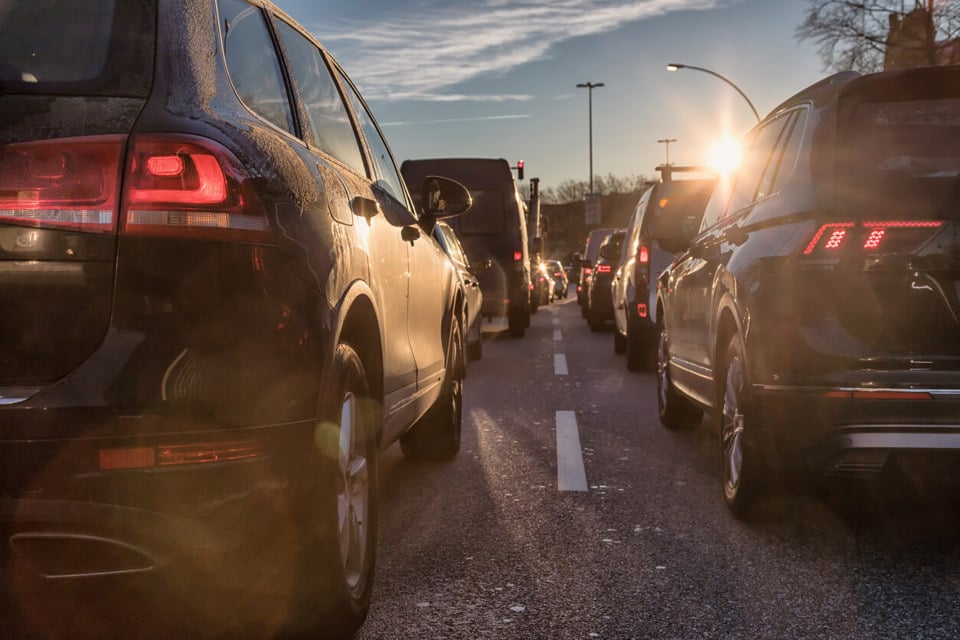A third (31%) of drivers think pedestrians face even greater danger at junctions after changes to the Highway Code made two years ago were meant to improve safety, according to the RAC.
One of the most notable changes that was introduced advises drivers turning into or out of a junction to give way to pedestrians, cyclists and horse riders who are either crossing or are waiting to cross the road.
This rule was part of a new hierarchy of road users designed to improve the safety of the most vulnerable.
Those who can cause the most harm, such as large goods and passenger vehicles, vans, minibuses, cars, taxis and motorcycles, now have the greatest responsibility to reduce the danger they pose to others.
While 31% of drivers believe pedestrians face even greater danger following the changes, half (51%) of drivers are unsure how effective they have been.
Only a fifth (18%) of drivers believe the new rules have increased pedestrian safety.
While Highway Code Rule 170 states drivers should give way to pedestrians when turning in or out of junctions, less than a quarter (23%) of drivers say they always do.
Nearly half (48%) say they give way most of the time but alarmingly, a fifth (19%) admit they don’t stop very often while 6% never do.
But interestingly, when the same pool of respondents were asked if, as pedestrians, they notice other drivers stopping to give way, just 2% said they see others stop all the time, while two-thirds (65%) said drivers rarely or never stop for them.
The findings correlate with a report from the Government’s Public Accounts Committee which, in November 2023, declared that messaging around the changes had not been communicated effectively enough to encourage public participation.
RAC road safety spokesperson Rod Dennis said: “When initially introduced, we welcomed the major Highway Code changes because they were set to make the roads much safer for the most vulnerable users.
“However, two years on, it’s concerning to see there’s still so much uncertainty, with most drivers not stopping for people crossing when they should and therefore many pedestrians seeing no change to their safety at junctions.”
He added: “It’s interesting that when respondents described their experiences as pedestrians, a high proportion still don’t see enough other drivers doing the right thing and giving way to those on foot at junctions.
“Conversely, when reflecting on their own actions as drivers, their responses were different, and a higher proportion feel confident they always let pedestrians cross.”
Drivers’ confidence in the 2022 rules also differ significantly between young and more experienced motorists. Over a third (37%) of drivers aged 17 to 24 believe the changes have made the roads safer for vulnerable users, whereas just 13% of those aged 65-plus agree with them.
Similarly, only 13% of motorists with at least 25 years of driving experience believe pedestrians, cyclists and horse riders are safer now the rules are in place, compared to 37% of those with up to nine years of driving experience who feel more confident about the safety of vulnerable users.
And across every UK region, at least two-in-10 pedestrians (21%) claim drivers never give way to them at junctions, with those in Wales (25%) and Yorkshire (24%) feeling least certain a car would stop to let them cross.
“The updates are only as good as a universal understanding of them,” continued Dennis. “If a driver turns into a junction as a pedestrian is crossing, it’s already too late, because that’s when confusion could turn into a collision.
“Part of the reason may be that drivers simply don’t know that the changes have been made, least of all the consequences of ignoring them.
“Most drivers probably rarely refer to the Highway Code once they’ve passed their tests, and that’s where the problem could lie.”
The RAC is urging drivers to take another close look at the changes. “We’d also urge the Government to make another concerted effort in communicating the changes to all road users,” added Dennis.
Data from the Government’s latest road casualty statistics found that 30% of pedestrian fatalities occur at a junction, compared to 39% of serious injuries.






















NigelBoyle - 29/01/2024 12:18
I could not agree more..When the 'more frail' user has rightaway there is the the obvoius risk they will step out into the path of a vehicle knowing they have right away. Needless to say cyclists are using this to their advantage even when the law has not changed.